Pollution
Pollution is the introduction of contaminants into a natural environment that causes instability, disorder, harm or discomfort to the ecosystem i.e. physical systems or living organisms. Pollution can take the form of chemical substances or energy, such as noise, heat, or light. Pollutants, the elements of pollution, can be foreign substances or energies, or naturally occurring; when naturally occurring, they are considered contaminants when they exceed natural levels. Pollution is often classed as point source or non point source pollution.
The major forms of pollution are listed below along with the particular pollutants relevant to each of them; Air pollution, the release of chemicals and particulates into the atmosphere. Common gaseous pollutants include carbon monoxide, sulfur dioxide, chlorofluorocarbons (CFCs) and nitrogen oxides produced by industry and motor vehicles. Photochemical ozone and smog are created as nitrogen oxides and hydrocarbons react to sunlight. Particulate matter, or fine dust is characterized by their micrometer size PM10 to PM2.5.
Light pollution, includes light trespass, over-illumination and astronomical interference. Littering. Noise pollution, which encompasses roadway noise, aircraft noise, industrial noise as well as high-intensity sonar. Soil contamination occurs when chemicals are released intentionally, by spill or underground leakage. Among the most significant soil contaminants are hydrocarbons, heavy metals, MTBE, herbicides, pesticides and chlorinated hydrocarbons.
Radioactive contamination, resulting from 20th century activities in atomic physics, such as nuclear power generation and nuclear weapons research, manufacture and deployment.
Thermal pollution, is a temperature change in natural water bodies caused by human influence, such as use of water as coolant in a power plant.
Visual pollution, which can refer to the presence of overhead power lines, motorway billboards, scared landforms (as from strip mining), open storage of trash or municipal solid waste.
Water pollution, by the discharge of wastewater form commercial and industrial waste (intentionally or through spills) into surface waters, discharges of untreated domestic sewage, and chemical contaminants, such as chlorine, from treated sewage, release of waste and contaminants into surface runoff flowing to surface waters (including urban runoff and agricultural runoff, which may contain chemical fertilizers and pesticides), waste disposal and leaching into groundwater, eutrophication and littering.
Get it now and save 10%
BECOME A MEMBER

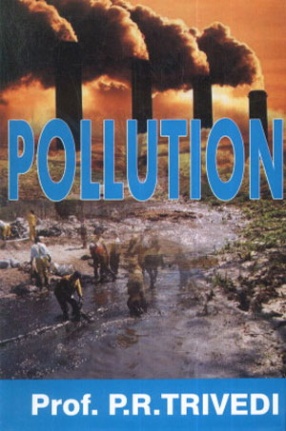


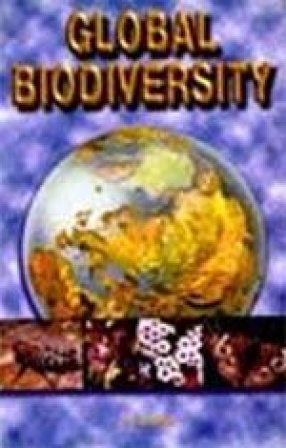
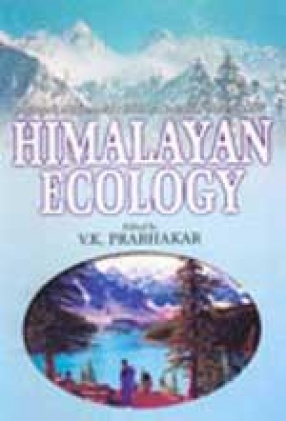
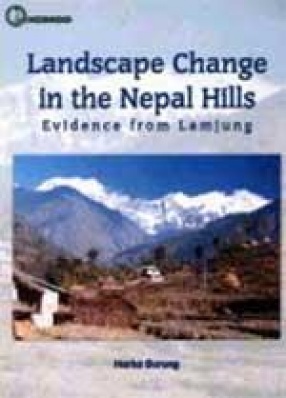
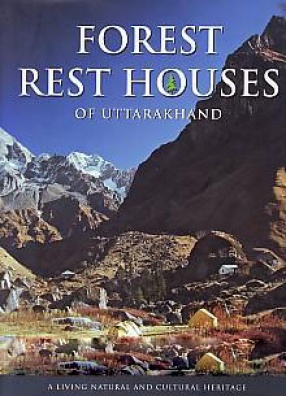
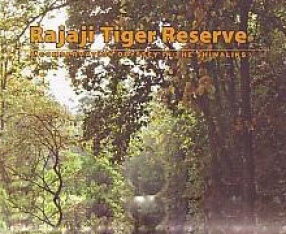

Bibliographic information